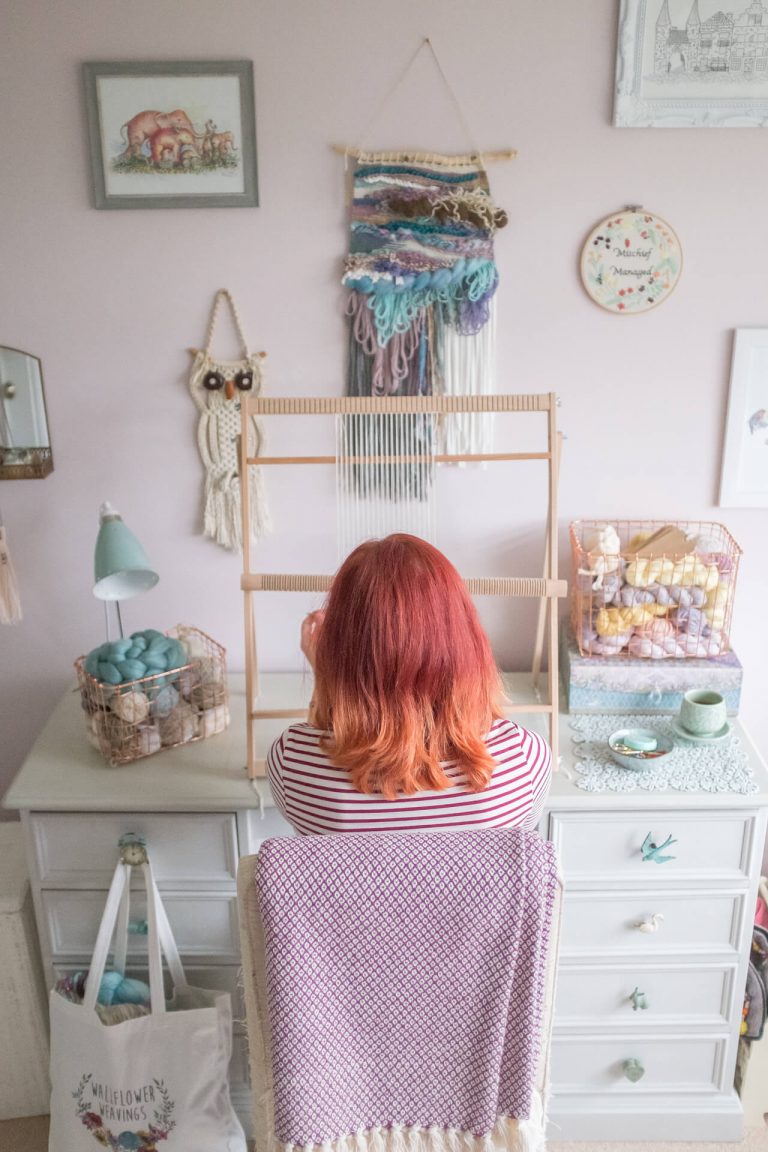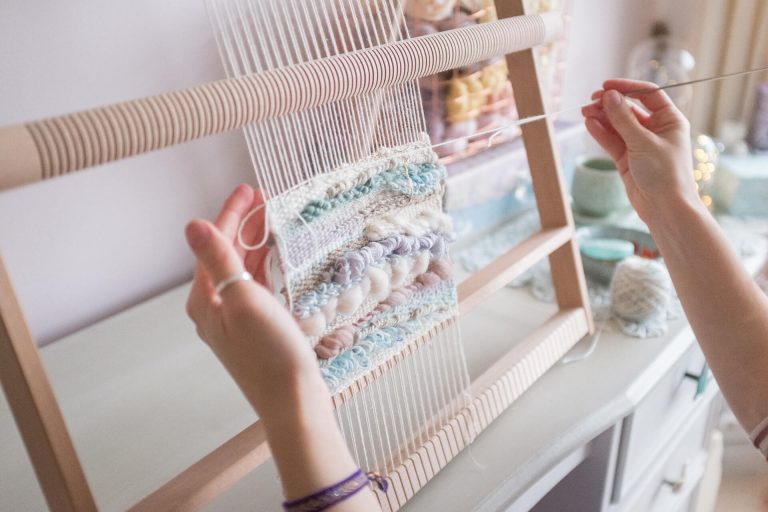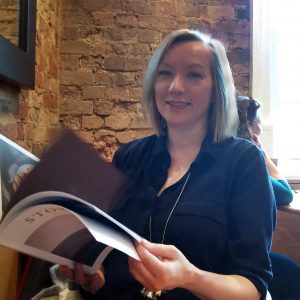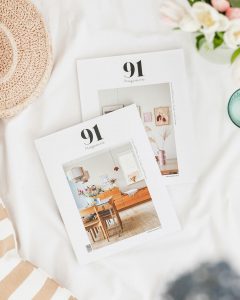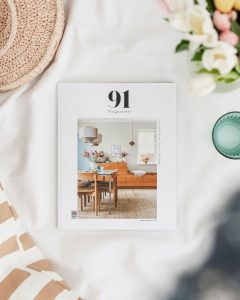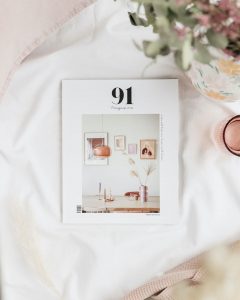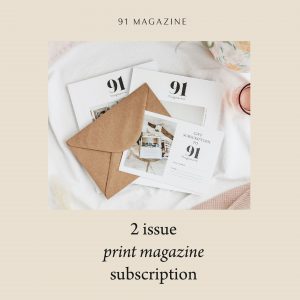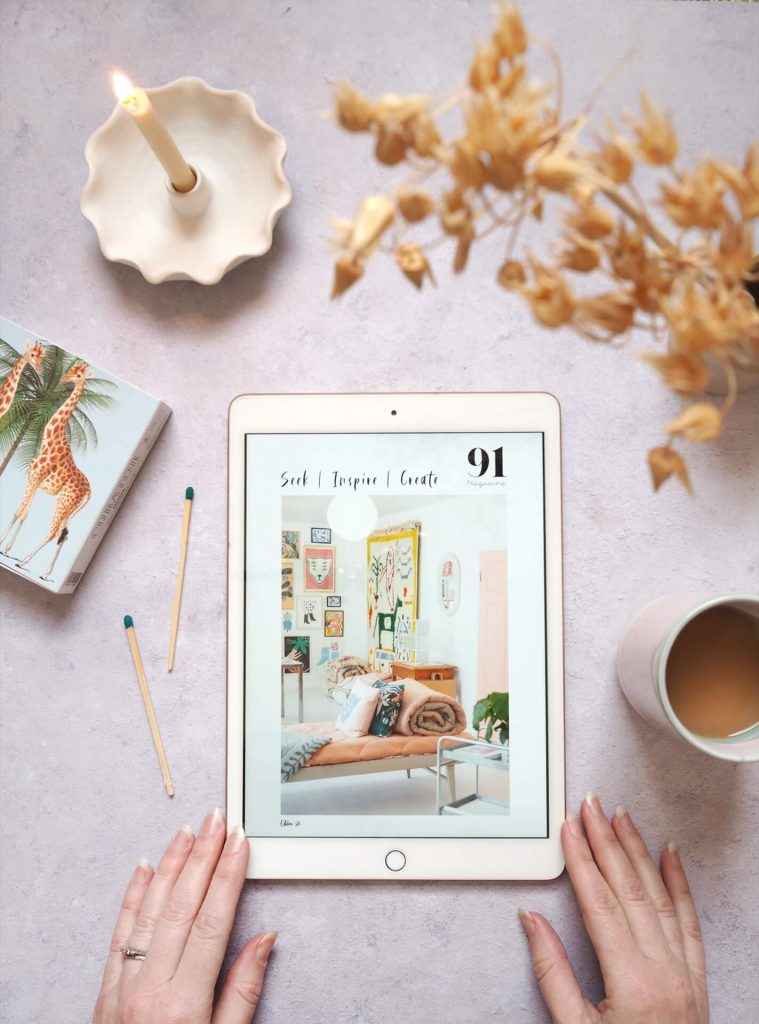“I suppose when I first saw a piece of woven art, my immediate reaction was ‘Wow, that’s so different!'” says Sophie Cotterill of Wallflower Weavings. “Woven wall art is such a unique and creative way to decorate a room, it brings warmth and movement to the space it hangs in, and can’t often be found on the high street.”
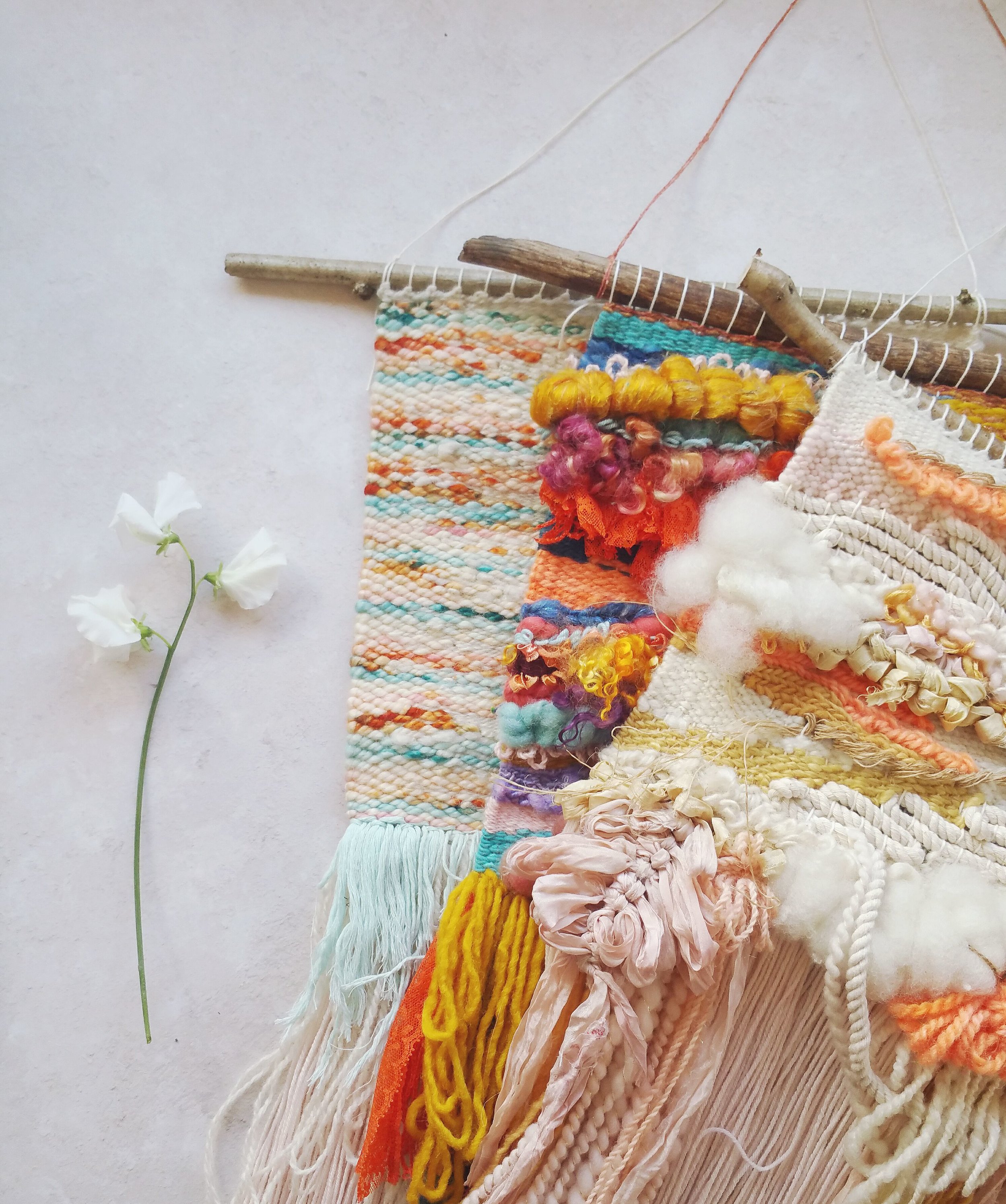
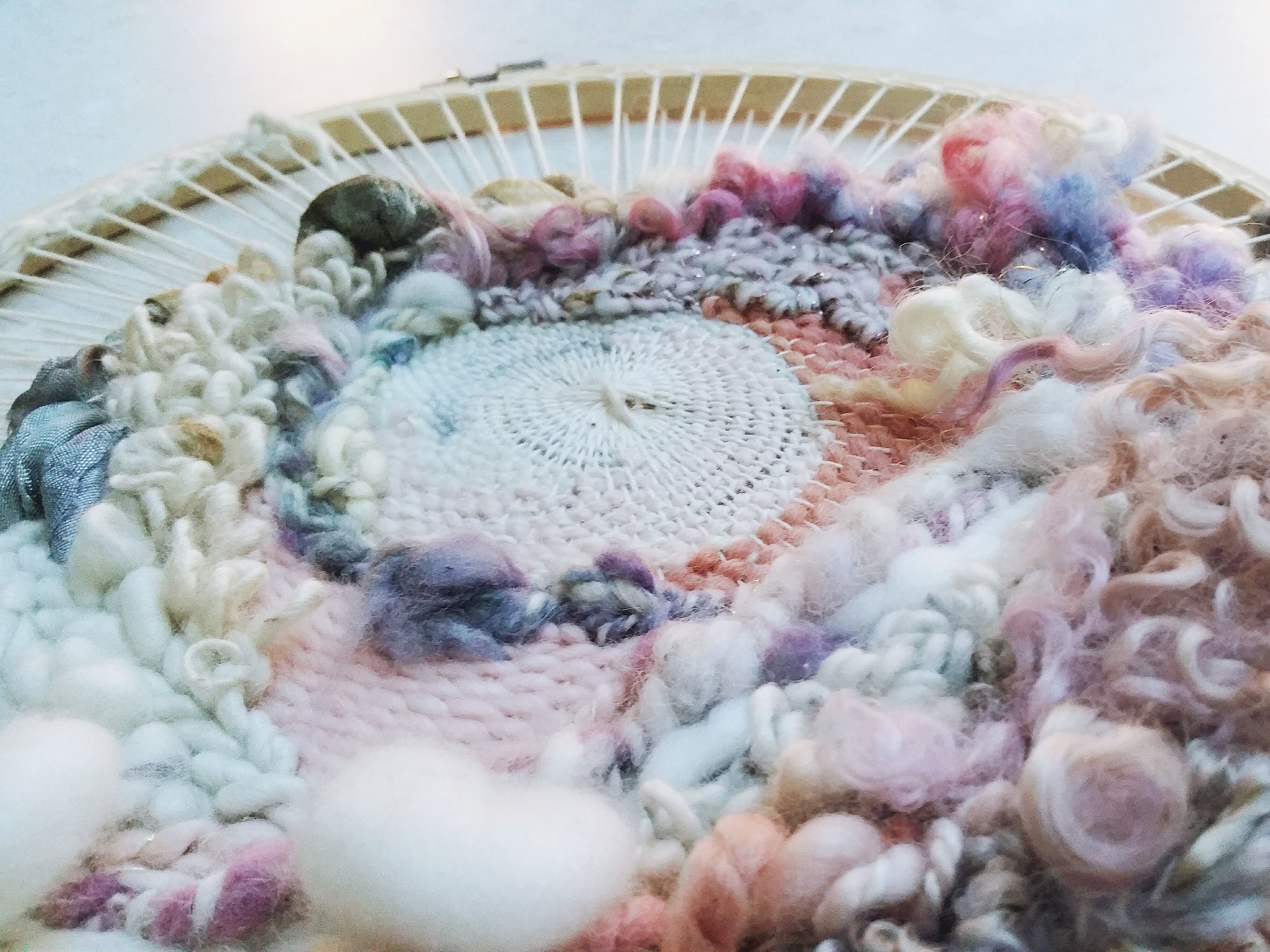
Sophie’s business is now situated in her home town of Warrington in Cheshire, but her love of weaving first began in a small corner of the Netherlands, the city of Delft, which she visited in 2014. ‘I was only nineteen at the time, and had moved abroad for a year. I found weaving through Instagram initially, and the moment I tried it, I was hooked!’ she says.
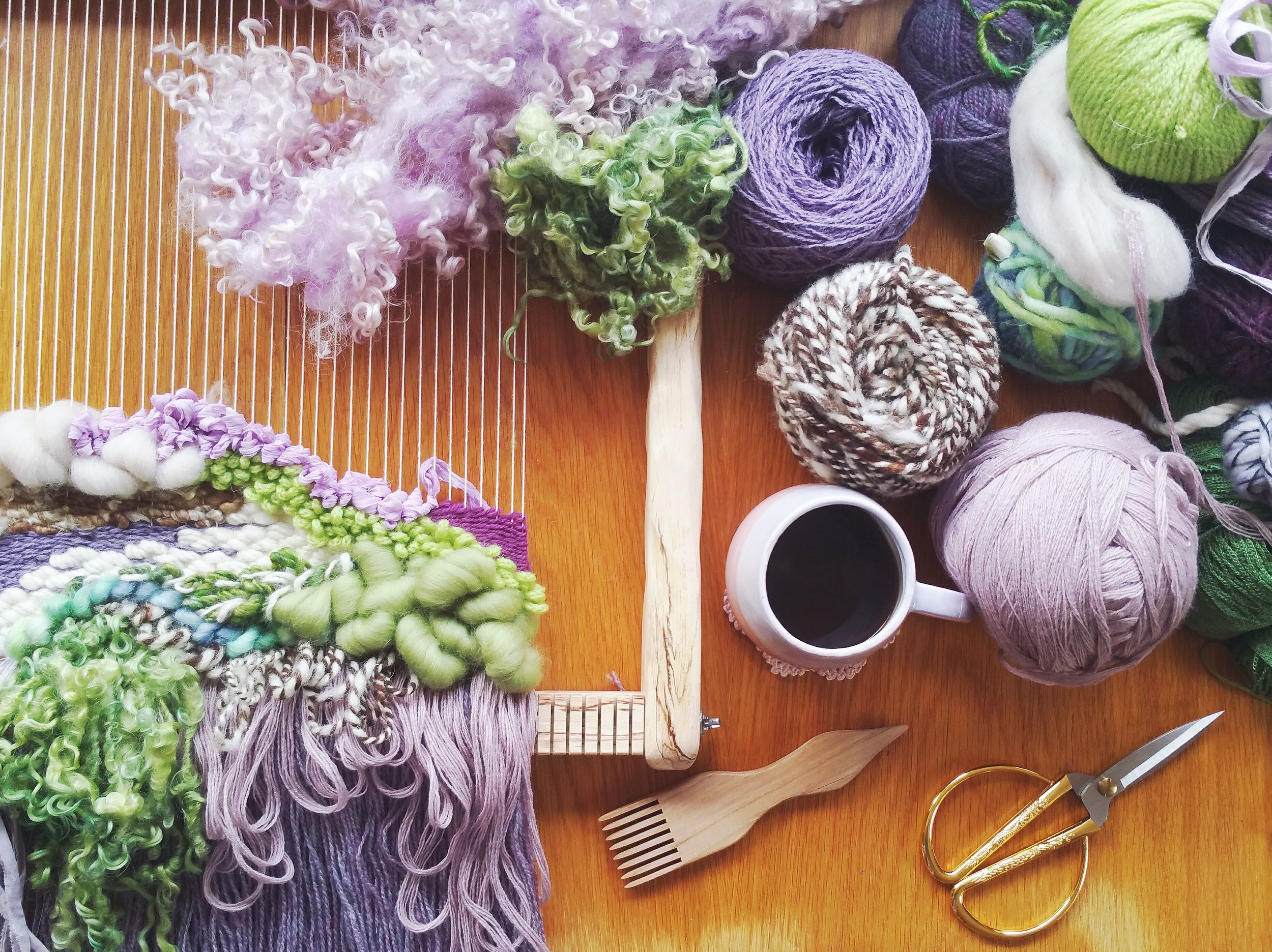
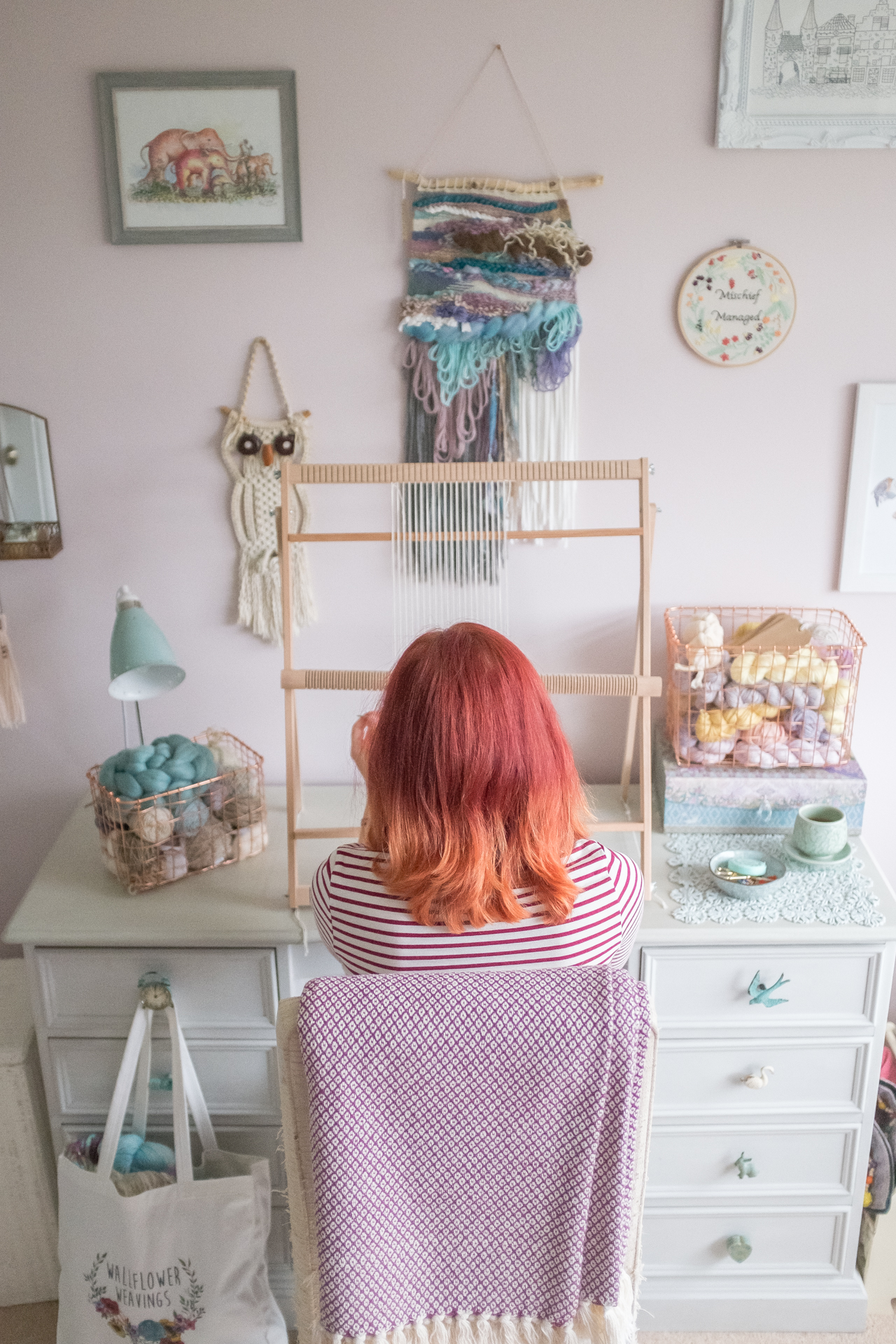
Sophie initially set up an Instagram account, soon followed by her online Etsy shop during her year abroad, which helped to fund her trip. ‘I set up Wallflower Weavings following my sudden hit of inspiration in what I was learning. It developed as it grew in popularity online, which encouraged me to keep going, and it has been a steady and lovely practice in my life alongside my other work, running an Alice in Wonderland-themed tea shop.’
College studies included textiles and photography, but Sophie’s interests and skillset have been honed through independent self-development and the pursuit of her own personal passions. ‘I’ve loved art since I was very young, and at high school I found it was the textile world that called to me, especially when it came to anything free-form and unusual.’
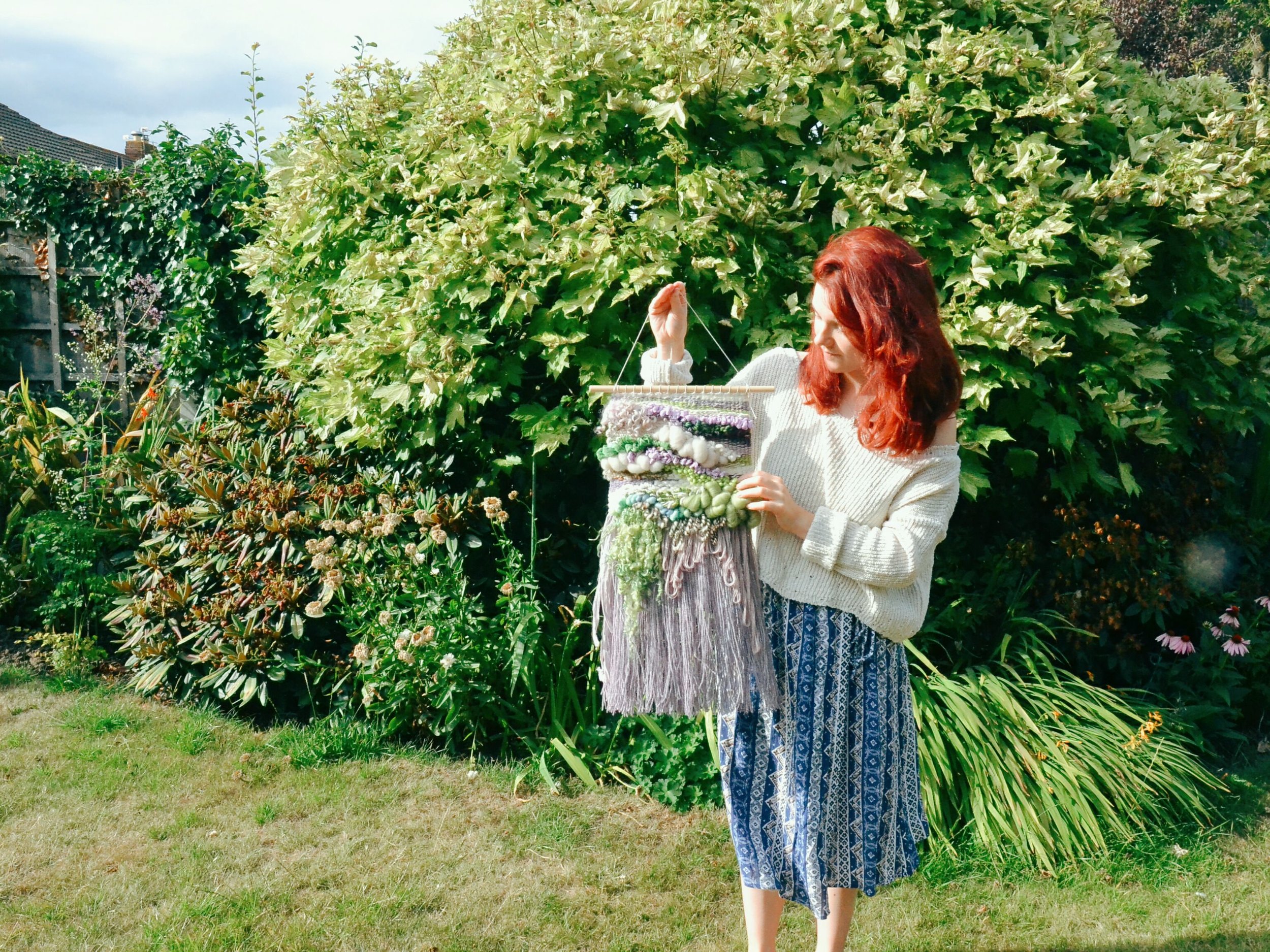
Over time, Sophie’s unique style evolved – her textural pieces have a playful, whimsical feel. ‘Where many of the weaving world’s pieces are classic, neutral and minimal, my work organically took a different direction over time into deeply tactile and colourful work. They’re very feminine pieces, quite delicate with intricate details – a real feast for the eyes, like a bouquet of yarn! That’s part of the reason for calling them “Wallflowers”,’ she says.
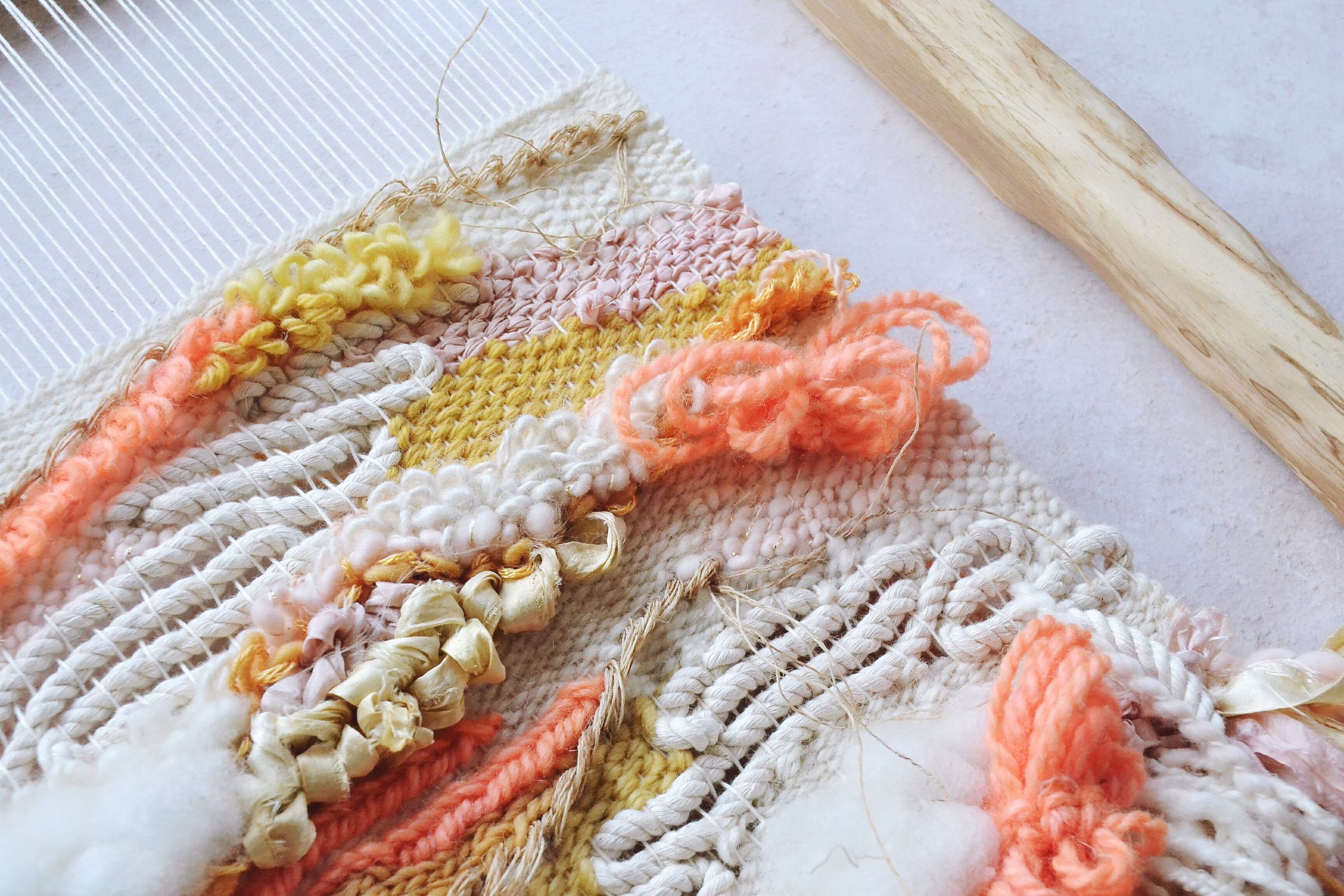
From there, Sophie continued to build her skills, venturing into spinning yarns, experimenting with natural dyes, and processing farm-fresh sheep’s wool to use in her work, and sell on to fellow makers. ‘It’s always a pleasure to sit at the loom or wheel and make something that is entirely one of a kind,’ she says. ‘As I spin and dye yarn, it’s my responsibility to ensure I’m choosing the best sourced fibre that I can. Instead of aiming for mass-produced materials, at fibre fairs and markets, I discover new businesses and suppliers of unique fibres and yarns. Even though I make my own, I love to buy and support other spinners and dyers – everyone has a different style. On my travels I buy local yarn as a memento, whether from a modern city like Oslo, the bustling streets of a town in Thailand, or the Welsh countryside. A little part of the culture and charm makes its way into my weavings,’ says Sophie.

Discovering weaving answered a cry for inspiration at the perfect time for Sophie, having tried sewing, knitting, crochet, embroidery, and many other crafts. ‘Weaving was the one – it gave me so much confidence in myself, and I could finally identify with the side of me that always felt like a ‘maker’. It was everything I had been looking for as a creative who hadn’t found their outlet yet,’ she explains.
Creating in a free and instinctive way is central to Sophie’s work, and inspiration can come from the natural world, design trends, fellow artists, and travel. ‘My weaving method is free-form, so rather than drawing up a design or following a pattern, I let my hands get to work, using my understanding of the fibres involved to build on texture and create a strong, but beautiful piece. My materials are my ultimate inspiration, which is why I taught myself to spin and dye, to get closer to the fibres and understand every part of the weaving process,’ Sophie explains.
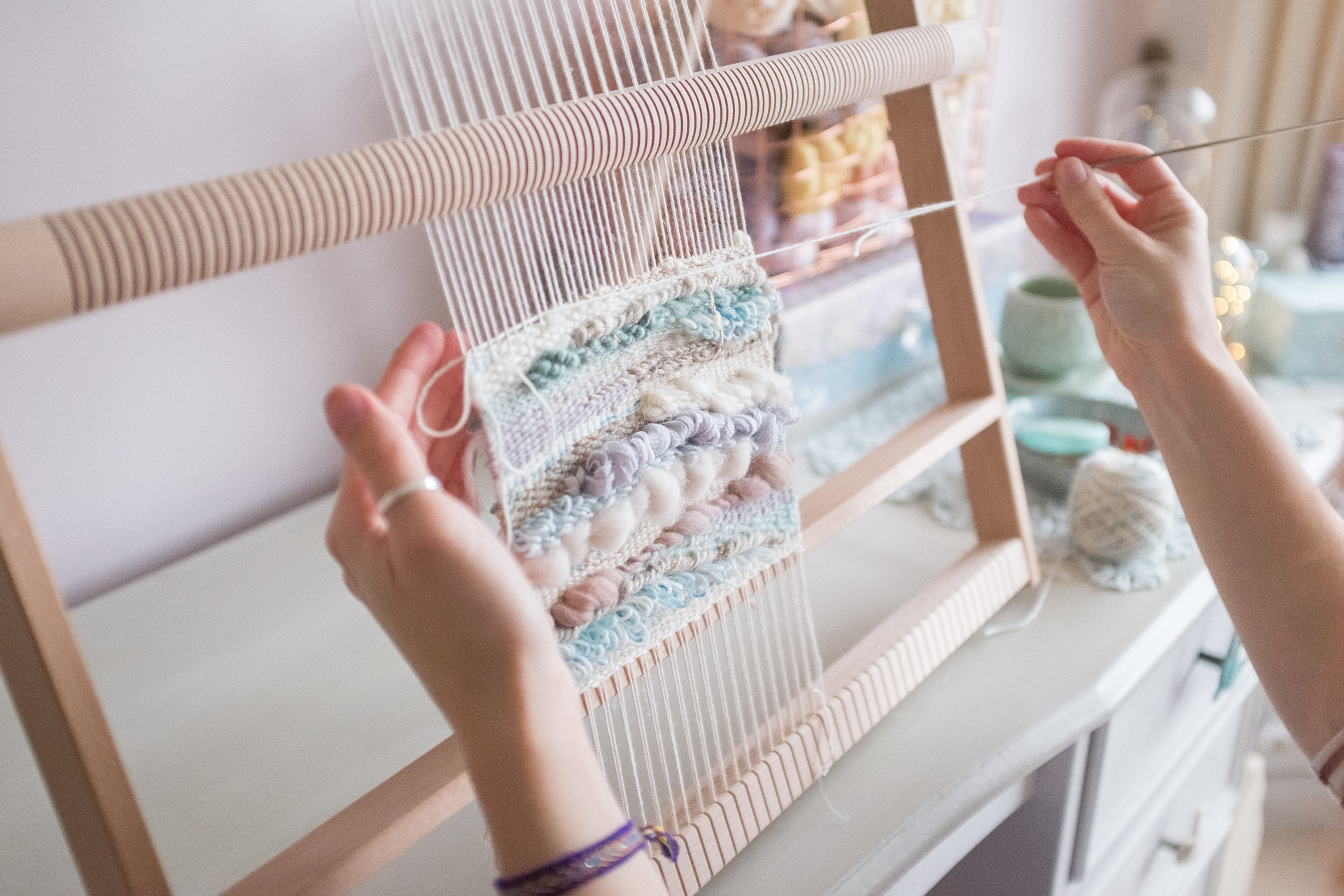
Commitment to sustainability, resourcefulness and eco-friendly materials also shapes Sophie’s work, and ‘getting back to the roots’ is intrinsic to her working ethos, stemming from traditional weaving practices through the ages. ‘I love to visit smallholders of sheep and alpacas in the countryside, where I can meet the animals and learn from their owners. This way I’ll know exactly how the animals live – simply for the love of them and their wool. I choose 100 per cent personally sourced, organic wool – usually straight from the sheep, goat or alpaca – and also experiment with plant fibres like hemp, organic cotton, bamboo etc. for their wonderful strength and range of textures. I like to work in as eco-friendly a way as possible, limiting any chemical and water use, using mainly wooden equipment such as looms and spinning wheels, and follow the tradition of working with natural dyes.’
Sophie’s wonderfully natural dyes come from the simplest and most resourceful of means, ‘I source ours from our family allotment – some of our favourites have been the roots of rhubarb, which create a glorious golden yellow hue, and beetroot, which of course can lead to a lovely hot pink! Berries, onion and avocado skins, nuts, coffee, flowers, tree bark – there are so many sources for natural dyes, so there is always more to learn. These colours blend together very harmoniously, and my work over the years has taken on a more natural palette,’ she describes.
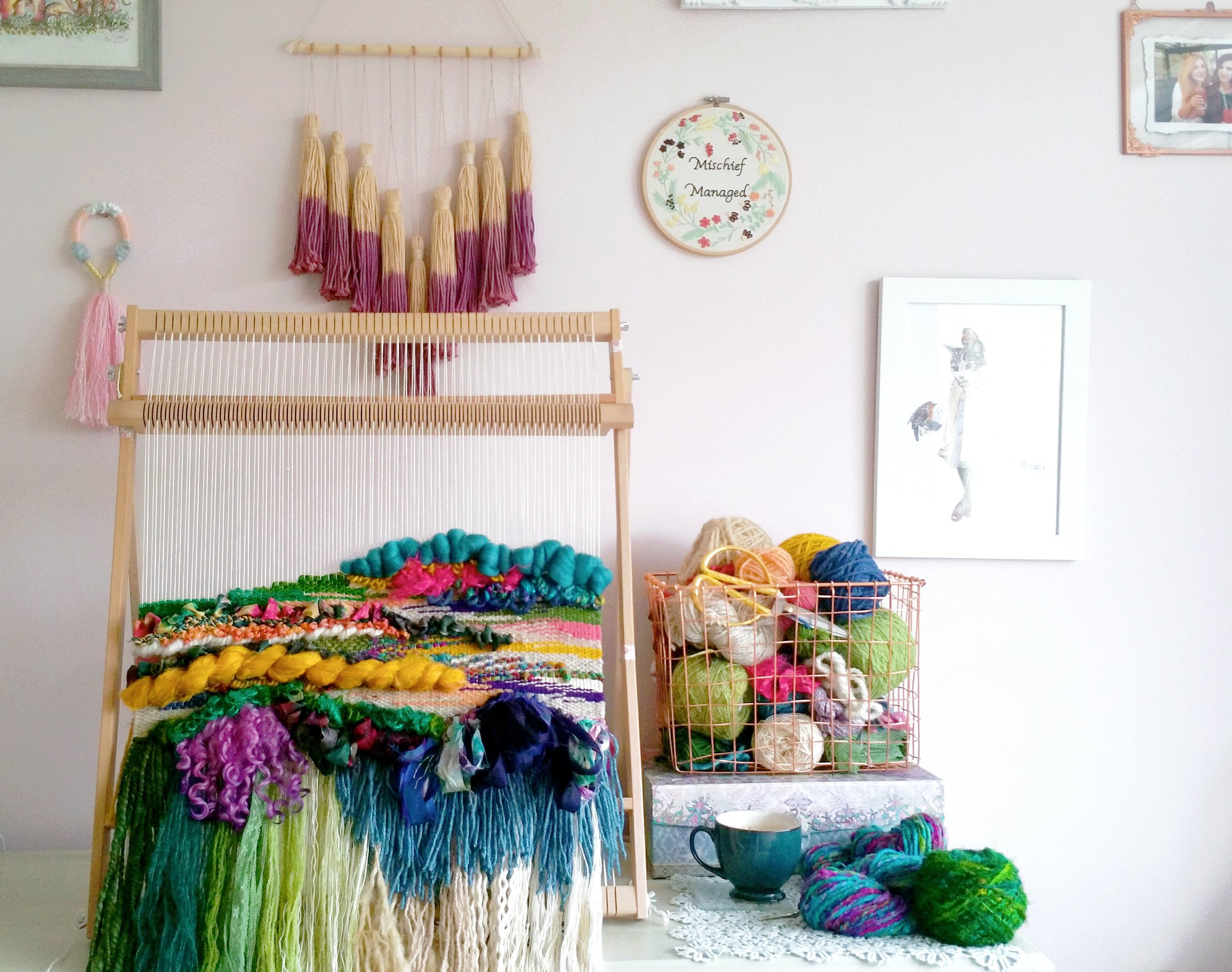
Like most makers, Sophie works best when her workspace around her is ‘just-so’. ‘I’m quite particular about my workspace, with lots of warm and cosy colours and textures around – a nice tidy desk and a series or album to keep me going! I can sit down at 6pm to work and look at the clock to find it’s suddenly midnight, and I barely notice – so being comfortable is a must. I have all of my equipment to hand, which ranges from spinning wheels to looms, bobbins to a drum carder (a tool for combing the wool before spinning), as big and unusual as they are.’ The work of other makers also constantly inspires Sophie, ‘I surround myself with these – the results of art swaps within the online community, and purchases from local artisan fairs. These works are important as they are all inspiring in different ways – I find them really encouraging to work around.’
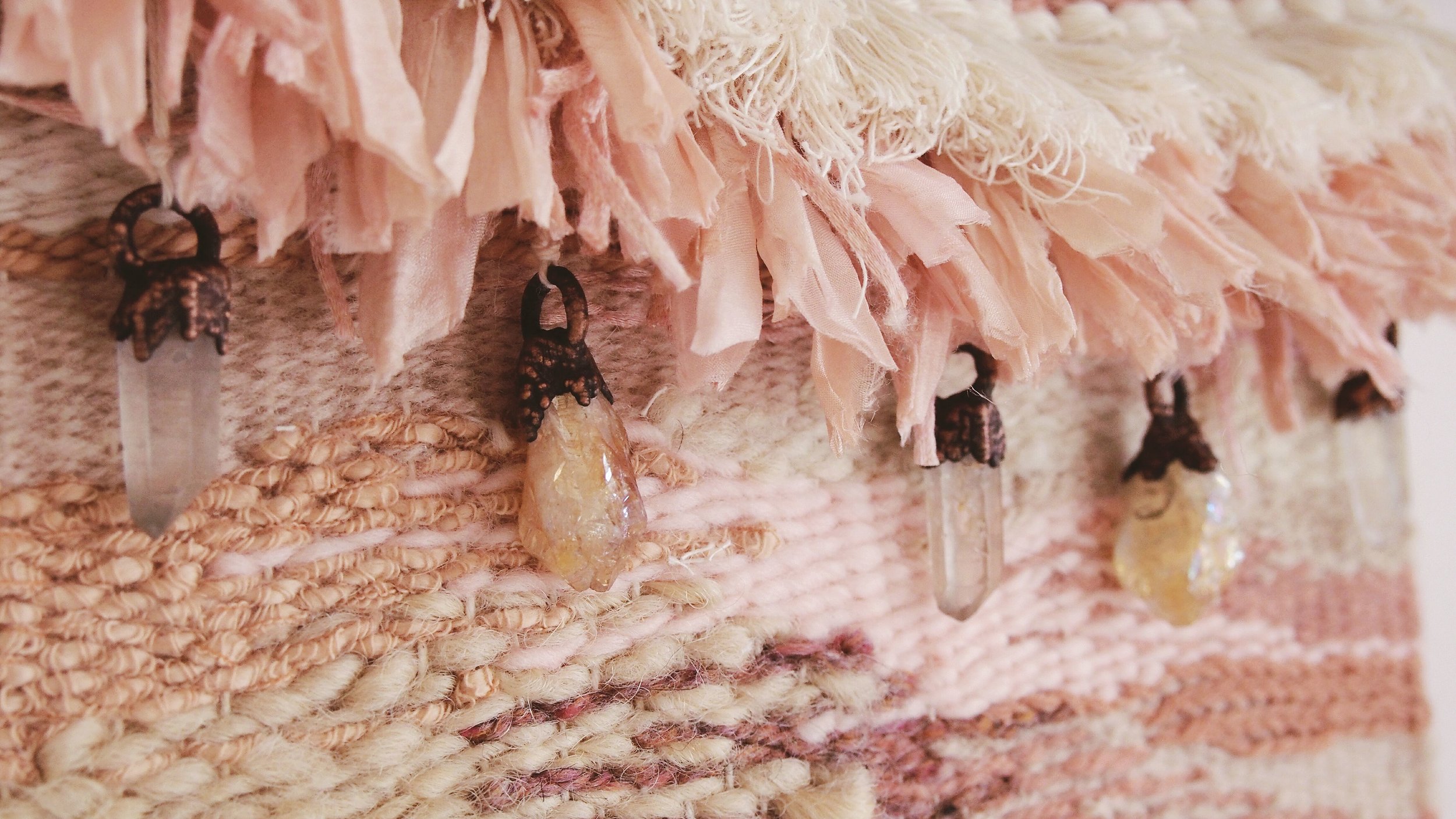
From day one, the online world has been a linchpin for Wallflower Weavings, providing a community of like-minded makers, and a vital launch-pad to potential customers and commissions. ‘My business wouldn’t exist if not for Instagram and online shopping platforms, and both of these aspects have made my life as a maker so much more interesting. There’s a big community out there filled with the nicest people I’ve ever met, and they’re all online, happy to share and encourage. Many of my customers and fellow artists I meet are from overseas. We share knowledge, inspiration, advice, and even share materials with each other,’ says Sophie.
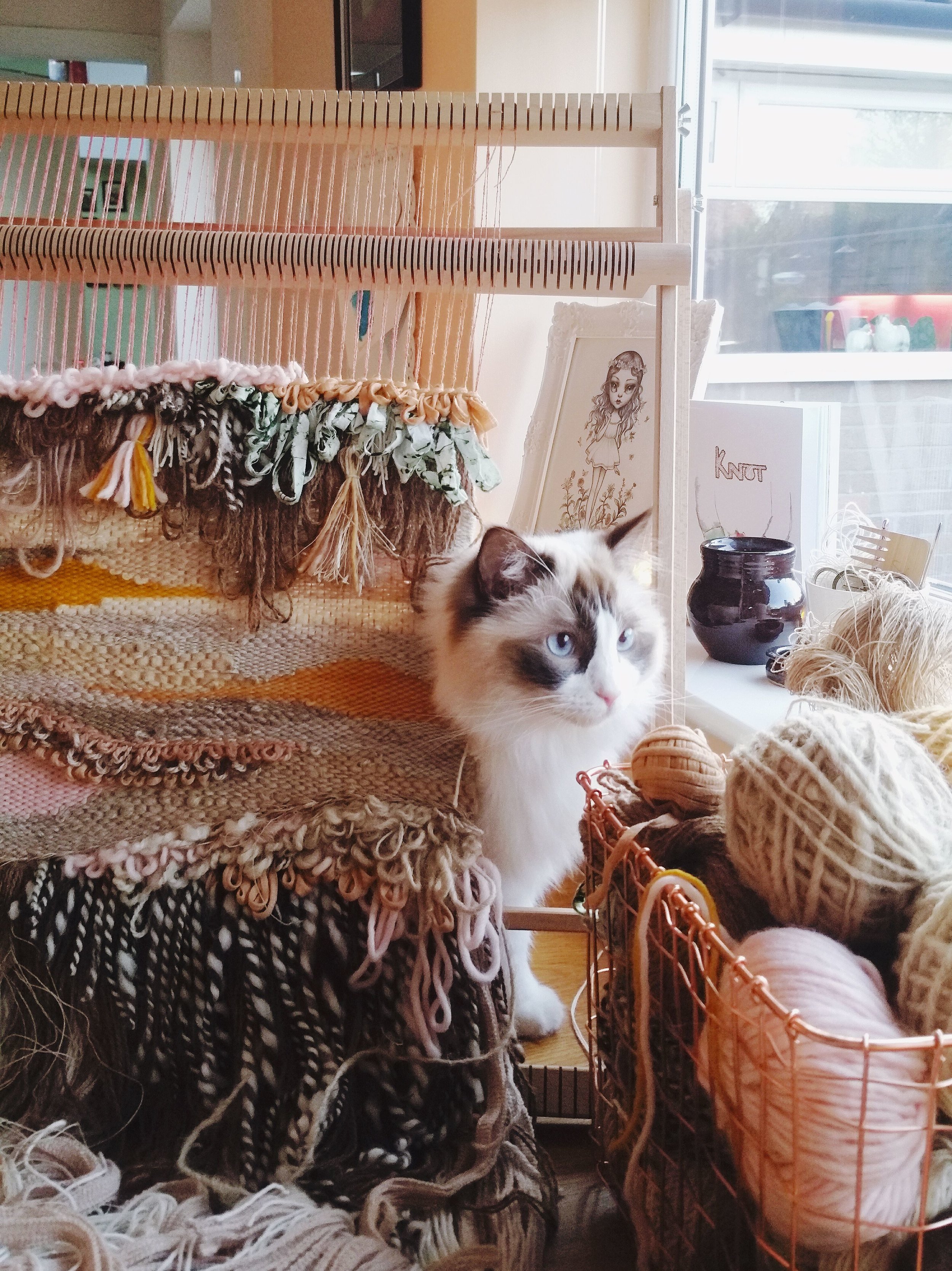
With a deep love of nature inherent in her work, when time allows, Sophie loves to retreat to the Scottish highlands to feed her creativity. ‘If I could turn my work into a place, it would be there – up in the depths of Skye. These retreats take me on fleece-hunting escapades, natural dye foraging and a chance to soak up the magic of the mountains! I also love interior design and to thrift, especially furniture – I even thrifted and renovated one of my spinning wheels, from the ‘80s.’
Sophie’s future plans for Wallflower Weavings include a move to a more rural setting, ‘With a big move to my first house on the horizon, I’m excited to see how my new space helps my business come into its own, with a beautiful countryside setting to inspire new pieces and a studio to devote to my work.’ Collaborations lie ahead too, which Sophie hopes might inspire others to try their hand at weaving, ‘A new addition to the shop comes from my project with an independent woodworker in the highlands – we have created our first prototype for one of a kind, all natural lap looms. For those who enjoy the out-of-the-ordinary, these luxury looms have been designed to accentuate the natural wood, and to feel like an organically grown piece of equipment. We will be producing them simply for the love of it. I’m obsessed with mine already,’ she says.
Quick-fire questions:
Describe your work in three words?
Whimsical, organic, tactile
What are your making rituals?
House to myself, comfy clothes on, a pot of coffee brewing, my two cats, and a tidy workspace to enjoy.
Tea or coffee?
Coffee!
Mountains or sea?
Mountains
Night owl or early bird?
Night owl
I wish someone had told me…
Not everything has to be perfect – as it turns out, imperfections are even more beautiful
Find out more about Wallflower Weavings via Instagram, Etsy and Facebook.
